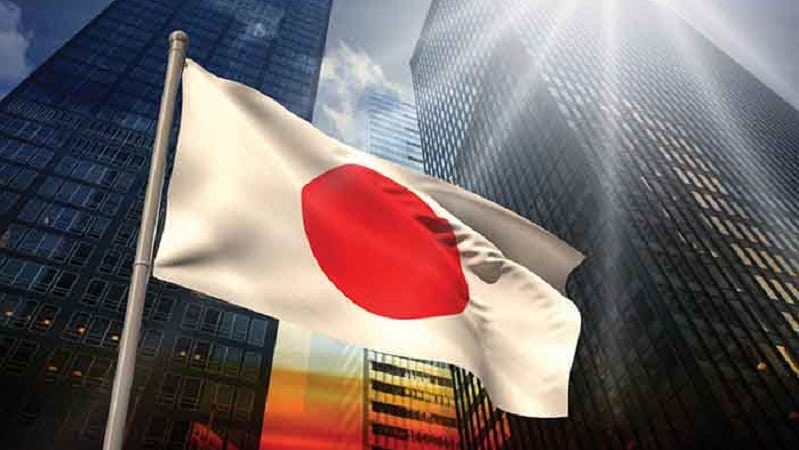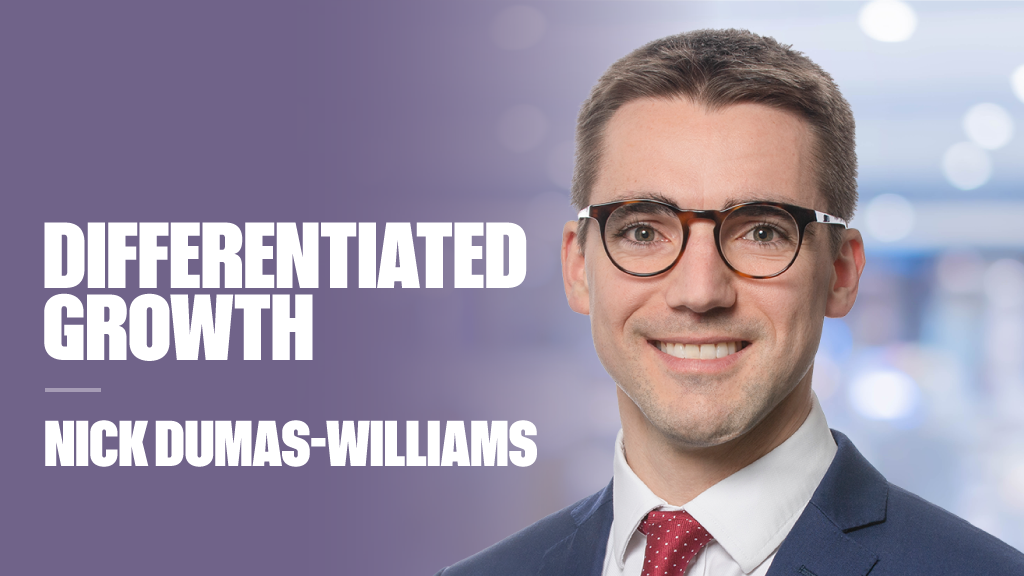Emerging economies are struggling to adapt to a slower Chinese economy, while sector-wide corporate profits are in a slump and Central Banks are mired in interest rate hesitation.
Against this volatile backdrop, Luke Ng, senior vice president at FE Advisory Asia, provides a comparative analysis of the Threadneedle Global Equity Income Retail fund and the Invesco Global Equity Income fund.
Fund composition
The Threadneedle and Invesco funds are broadly similar as they both invest in equities on a global scale. Both of the portfolios are diversified across markets and sectors.
They differ when it comes to referencing benchmark indices: the Threadneedle fund resembles the MSCI AC World while the Invesco fund mirrors the MSCI World. The MSCI World comprises developed market equities, both large and mid caps. The MSCI AC World has a similar profile, with the addition of emerging market exposure. Both indices have similar country and sector weights.
Both funds are underweight US equity (39.9% for Threadneedle and 29.9% for Invesco), whereas the respective benchmarks allocate more than 50% to the US.
Both favour European equity, in particular UK equity. Threadneedle’s UK allocation is 16% while Invesco’s UK commitment is 26.3%. Threadneedle’s fund has Asian and emerging economies exposure through its investments in Taiwan and Mexico.
On a sector basis, Threadneedle leans towards consumer discretionary and consumer staples while Invesco prefers financials and industrials.
Investment strategy review
While both funds pursue an income strategy, they do not necessarily invest in stocks with the highest dividend yields. For Threadneedle, the team – led by Stephen Thornber – seeks companies that can deliver sustainable dividends, leaning towards companies that can offer above 3% income yield, with earnings growth and dividend rates of above 5%, and gearing below 75% in the balance sheet.
Thornber’s team will generate investment ideas, while Thornber himself will build the fund’s position taking into consideration both a stock’s value and its impact towards overall portfolio risk.
Threadneedle holds 75 to 95 stocks. Recently, the team has been reducing its holdings in economically-sensitive stocks and adding more defensive holdings to cushion its fund against risks associated with a possible US rate hike, the Greece debt crisis and the instability among emerging economies.
Invesco has a much less defensive play. The fund is led by Nick Mustoe, Invesco Perpetual’s CIO, who took over in December 2012 when his predecessors Paul Boyne and Doug McGraw stepped down. Mustoe makes high conviction calls, and this is demonstrated in the fund’s allocation – it only holds between 40 to 70 stocks.
Mustoe is a strong believer of the bottom-up approach; his regional equity teams usually possess deep local market knowledge.
Stocks are selected based on the individual attributes of the company, while taking into consideration industry and macroeconomic factors. Invesco’s average investment horizon is three years, after which an evaluation process will be done. The team will consider selling stocks when they are fully valued or when there are better opportunities elsewhere.
A snapshot of portfolio allocation:
| Threadneedle fund | Invesco fund | |
| Launch | 27 June, 2007 | 3 March, 2011 |
| AUM | $2,400m | $812.82m |
| Number of holdings | 75-79 | 40-70 |
| Top countries |
US – 39.3% UK-16.0% Germany – 6.9% Japan – 5.9% Australia – 5.6% |
US – 29.9% UK-26.3% Switzerland – 9.9% France – 6.4%% Germany – 5.6% |
| Top sectors |
Financials – 24.7% Consumer discretionary – 18% Consumer staples – 13% Industrials – 10.9% Healthcare – 7.5% |
Financials – 30.5% Industrials – 14.1% Healthcare – 12.4% Energy – 9.7% Consumer staples – 9% |
| Top holdings |
Reynolds American – 2.4% General Electric – 2.2% Six Flags Entertainment Corp – 2.2% mperial Tobacco – 2.1% Unilever – 2.1% |
Novartis – 3.6% BT – 3.4% Legal & General – 3.1% British American Tobacco – 3% Intesa Shampoo – 2.8% |











